Vitreous Glass: A Low-Growth, High Dividend Yield Stock with Incredible Returns on Equity and Incredibly Frightening Supplier and Customer Concentration Risks
Vitreous Glass is a stock with some similarities to businesses I’ve liked in the past – NACCO, cement producers, lime producers, Ball (BLL), etc. It has a single plant located close enough to a couple customers (fiberglass producers) and with an exclusive source of supply (glass beverage bottles from the Canadian province of Alberta that need to be recycled) and – most importantly – the commodity (glass) can’t be shipped very far because the value to weight ratio is so low that the price of transportation quickly exceeds the price being charged for the glass itself (absent those shipping costs). The stock is also overlooked. It’s a microcap with fairly low float, beta, etc. It’s also a simple business. And capital allocation is as simple as it gets. The company pays out basically all the free cash flow it generates as dividends. And operating cash flow converts to free cash flow at a very high rate, because the company spends very little on cap-ex.
That’s most of the good news. The one other bit of good news is the stock’s price. As I write this, the stock trades at about 3.60 Canadian Dollars. I did a quick calculation of what seemed to be the normal trend in dividends these past few years. The company pays out a quarterly dividend that pretty much varies with quarterly cash flow from operations. So, it’s not a perfectly even dividend from quarter-to-quarter. But, it seems fairly stable when averaged over 4, 8, 12, etc. quarters and compared to cash flow from operations. If we do that – I’d say the current pace of dividends seems to be right around 0.36 cents per share each year. In other words, the dividend yield is 10%. There are other ways to estimate this. For example, we can use the price-to-sales ratio (EV/Sales would be similar, the company has some cash and no debt) and compare it to the free cash flow margin we’d expect. Then assume that all FCF will be paid out in dividends. Again, we get numbers suggesting future annual dividends are likely to be a lot closer to 10% of today’s stock price than say 5%.
There is some bad news though. One bit of bad news is the difficulty I’ve had in this initial interest post verifying certain important facts about the business. In preparation for this write-up, I read 3-4 different write-ups of this stock at various blogs, Value Investors Club, etc. I read the company’s filings on SEDAR (the Canadian version of America’s EDGAR). While I believe the information in the blog posts to be true -they’re getting those facts from somewhere, I can’t independently verify certain things about the supply agreement, the specific customers buying from Vitreous Glass, etc. Having said that, nothing I found in the accounting and in the filing overall really seemed to contradict what I read in the blog posts. And I did notice some stuff in the accounting that matches up pretty strongly with the …
Read more
